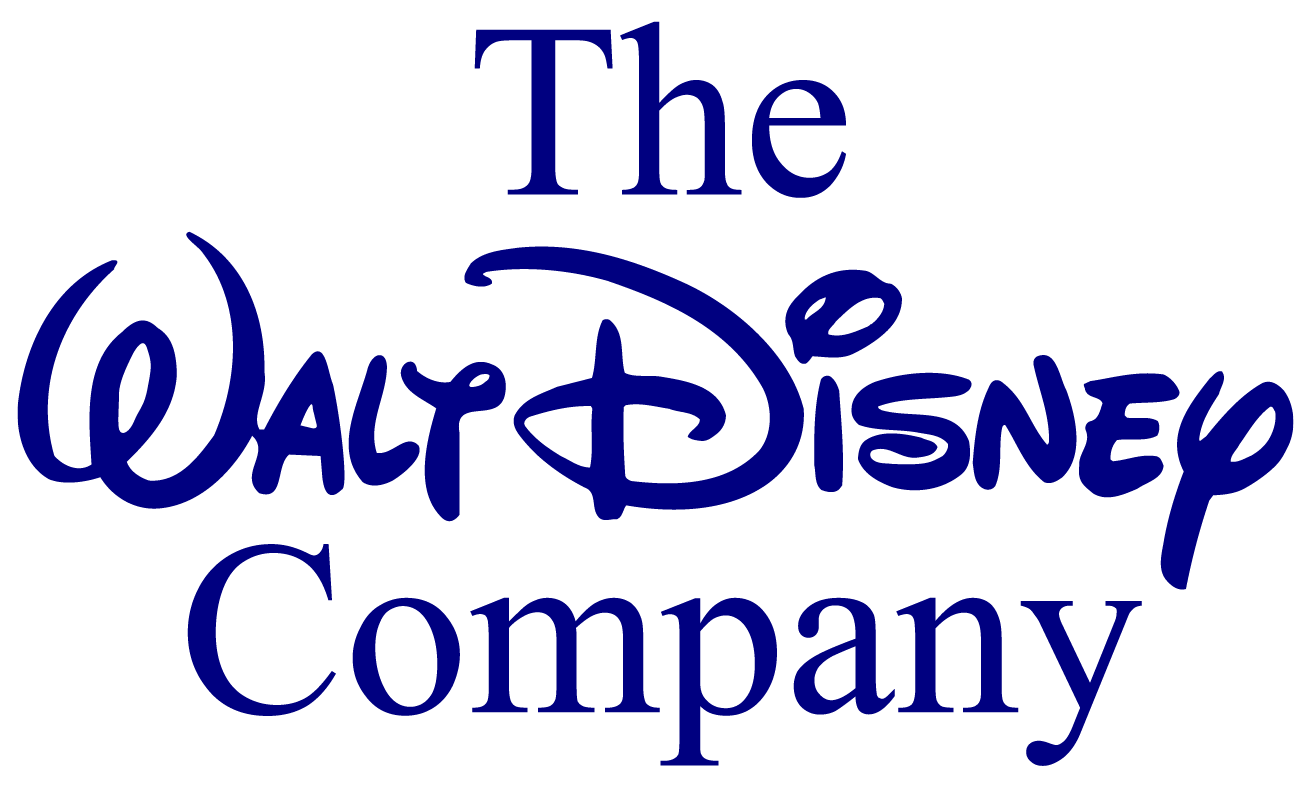PERSONAL DATA: Born in 1966 in Boston Massachusetts. Enjoys snow skiing, music, stamp collecting and traveling.
EDUCATION: Graduated from Taconic High School, Pittsfield, Massachusetts, in 1984; received a bachelor of science degree in engineering science from Harvard University in 1988 and a master of science degree in aerospace engineering from the University of Texas in 1992.
ORGANIZATIONS: American Institute of Aeronautics and Astronautics.
EXPERIENCE: After graduating from Harvard in 1988, Wilson worked for 2 years for the former Martin Marietta Astronautics Group in Denver, Colorado. As a loads and dynamics engineer for Titan IV, Wilson was responsible for performing coupled loads analyses for the launch vehicle and payloads during flight events. Wilson left Martin Marietta in 1990 to attend graduate school at the University of Texas. Her research focused on the control and modeling of large, flexible space structures. Following the completion of her graduate work, she began working for the Jet Propulsion Laboratory in Pasadena, California, in 1992. As a member of the Attitude and Articulation Control Subsystem for the Galileo spacecraft, Wilson was responsible for assessing attitude controller performance, science platform pointing accuracy, antenna pointing accuracy and spin rate accuracy. She worked in the areas of sequence development and testing as well. While at the Jet Propulsion Laboratory, Wilson also supported the Interferometery Technology Program as a member of the Integrated Modeling team, which was responsible for finite element modeling, controller design, and software development.
NASA EXPERIENCE: Selected by NASA in April 1996, Wilson reported to the Johnson Space Center in August 1996. Having completed 2 years of training and evaluation, she is qualified for flight assignment as a mission specialist. She was initially assigned technical duties in the Astronaut Office Space Station Operations Branch to work with space station payload displays and procedures. She then served in the Astronaut Office CAPCOM Branch, working in Mission Control as a prime communicator with on-orbit crews. Following her work in Mission Control, Wilson was assigned technical duties in the Astronaut Office Shuttle Operations Branch involving the space shuttle main engines, external tank and solid rocket boosters. A veteran of three space flights, STS-121 in 2006, STS-120 in 2007, and STS-131 in 2010, Wilson has logged more than 42 days in space.
SPACE FLIGHT EXPERIENCE: STS-121 (July 4 to July 17, 2006), was a return-to-flight test mission and assembly flight to the International Space Station. During the 13-day flight, the crew of Space Shuttle Discovery tested new equipment and procedures that increase the safety of space shuttles, repaired a rail car on the International Space Station and produced never before-seen, high-resolution images of the Shuttle during and after its July 4th launch. Wilson supported robotic arm operations for vehicle inspection, multipurpose logistics module installation and EVAs and was responsible for the transfer of more than 15,000 pounds of supplies and equipment to the ISS. The crew also performed maintenance on the space station and delivered a new Expedition 13 crewmember to the station. The mission was accomplished in 12 days, 18 hours, 37 minutes, 54 seconds.
STS-120 Discovery (October 23 to November 7, 2007) launched from and returned to land at the Kennedy Space Center, Florida. Designated as flight 10A in the ISS assembly sequence, it was also a crew rotation flight, delivering an Expedition 16 crewmember and returning with an Expedition 15 crewmember. During the STS-120 mission, the Node 2 module named “Harmony” was delivered to the International Space Station. This element opened up the capability for future international laboratories to be added to the station. In addition, the P6 solar array was relocated from the Z1 Truss to the end of the port side of the Integrated Truss Structure. During the redeploy of the array, the array panels snagged and were damaged. An unplanned spacewalk was successfully performed to repair the array. Wilson was responsible for robotic arm operations for vehicle inspection and EVA support, and she served as the flight engineer, assisting the commander and pilot with space shuttle systems. The mission was accomplished in 238 orbits, traveling 6.2 million miles in 15 days, 2 hours, 23 minutes.
STS-131 Discovery (April 5 to April 20, 2010), a resupply mission to the International Space Station, was launched at night from the Kennedy Space Center. On arrival at the station, Discovery’s crew dropped off more than 27,000 pounds of hardware, supplies, experiments and equipment, including a tank full of ammonia coolant that required three spacewalks and robotics to install it, new crew sleeping quarters and experiment racks. During the mission, Wilson was primarily responsible for robotics and EVA support using the space station robotic arm. On the return journey, the Leonardo Multi-Purpose Logistics Module (MPLM) inside Discovery’s payload bay was packed with more than 6,000 pounds of hardware, science results and used supplies. The STS-131 mission was accomplished in 15 days, 02 hours, 47 minutes,10 seconds and traveled 6,232,235 statute miles in 238 orbits.




